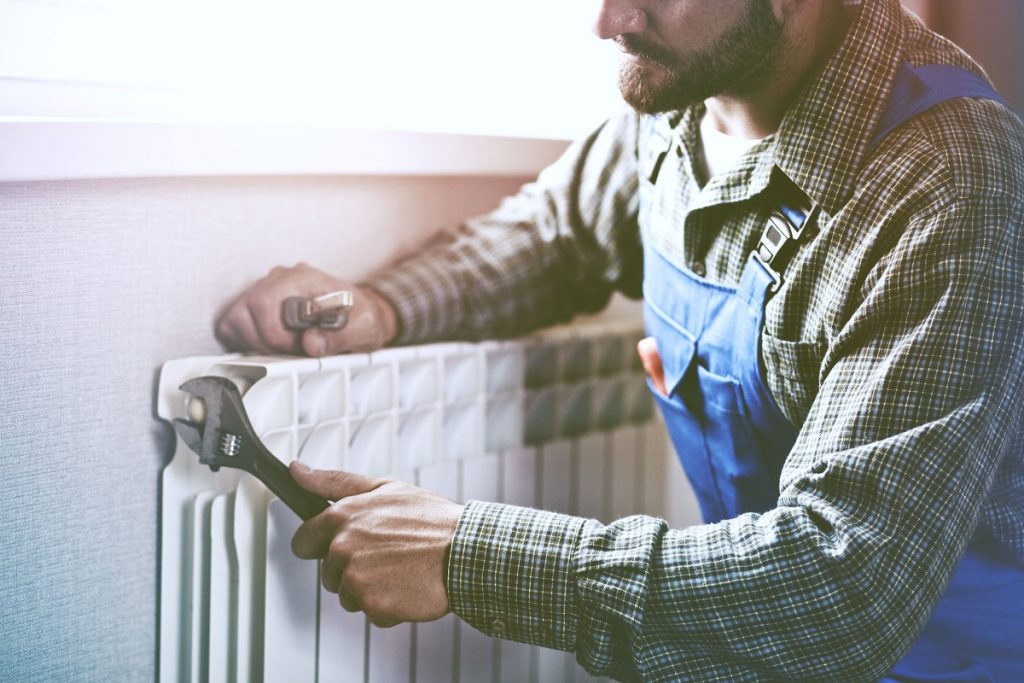- Use renewable, sustainable materials for eco-friendly construction, such as reclaimed wood, bamboo, and recycled glass.
- Invest in energy-efficient systems, appliances, and LED lighting to reduce electricity consumption and bills.
- Incorporate water conservation strategies such as low-flow toilets and greywater systems to reduce freshwater usage.
- Maximize natural light and ventilation for increased energy efficiency.
With the increasing focus on climate change, people are now more conscious of their impact on the environment. Many homeowners now want to reduce their carbon footprint and live a more sustainable lifestyle. Building an eco-friendly house can be a great way to achieve this goal. Here are some tips that can help you incorporate sustainable features into your dream house that will benefit both the environment and your wallet.
Use Sustainable Building Materials
One of the significant steps towards building an eco-friendly house is using sustainable and green building materials. Rather than using traditional materials, opt for environmentally responsible options that are renewable, durable, and have a lower carbon footprint compared to conventional materials. By utilizing such materials, you are ensuring that your home has a lower environmental impact than traditional homes, and you are contributing to the fight against climate change. Here are other sustainable materials to consider:
Recycled Glass
Recycled glass is an incredibly versatile and eco-friendly building material. It is made from crushed glass that is then processed into tiles, blocks, or other shapes. Recycled glass has many features that make it an ideal choice for eco-friendly construction. It is energy efficient, durable, and requires much less energy to produce than traditional materials.
Sustainable Cork
Sustainable cork is an excellent choice for eco-friendly construction. Cork is a natural material harvested from cork oak trees in a renewable and sustainable manner. It is a lightweight, insulating material that is fire-resistant and incredibly durable. Cork has excellent thermal insulation properties, which make it the perfect choice for energy-efficient homes. It is also resistant to mold, mildew, and pests which makes it a great choice for interior and exterior walls.
Reclaimed Barnwood
Another eco-friendly choice is to use durable reclaimed barnwood for hardwood flooring. These types of wood are collected from old buildings, giving new life as high-quality flooring. It is renewable and has a unique aesthetic that adds charm to any space. The best part is that reclaimed wood has a lower impact than traditional hardwood, reducing your carbon footprint.

Invest in Energy Efficiency
Energy consumption is a significant contributor to carbon emissions, but you can drastically reduce your home’s carbon footprint by using energy-efficient systems and appliances. These systems reduce carbon emissions, lower energy bills, and create a comfortable living space for the occupant. Here are other appliances to use for energy efficiency:
Solar Hot Water Heater
A solar hot water heater uses the energy of the sun to heat your home’s hot water tank. This simple appliance is a great way to reduce your utility bills and carbon footprint. It is also relatively easy and inexpensive to install, making it an ideal choice for eco-friendly homes.
LED Lighting
LED lights are much more efficient than traditional light bulbs, and they are an excellent choice for energy-efficient lighting. LED lights use up to 75% less electricity than incandescent bulbs, making them a great option for reducing your home’s carbon footprint.
Energy Star Appliances
Using Energy Star-certified appliances is another great way to reduce your carbon footprint. These appliances use 20–40% less energy than standard appliances, and they are a great way to reduce your energy bills and help the environment.

Water Conservation Strategies
Apart from energy conservation, water consumption can also have an impact on the environment. Incorporating water conservation strategies such as low-flow toilets, faucets, and greywater systems can significantly reduce your water usage and bills.
Greywater systems allow you to reuse water from showers, taps, or laundry water and use it to water your garden. This system drastically reduces the amount of freshwater you use and conserves throughout your house, in turn reducing your environmental impact.
If possible, consider incorporating a rainwater collection system into your home’s design. This system collects rainwater which can be used for gardening, flushing toilets, and other uses.
Building your dream eco-friendly house doesn’t mean sacrificing design or comfort. In contrast, incorporating environmentally friendly features into your home will increase your comfort, reduce energy expenses, minimize your carbon footprint, and increase your home’s value. By utilizing environmentally friendly materials, investing in energy efficiency, being water-wise, maximizing light and ventilation, and including landscaping and gardening strategies, you can get started on building the green home you’ve always dreamed of.

